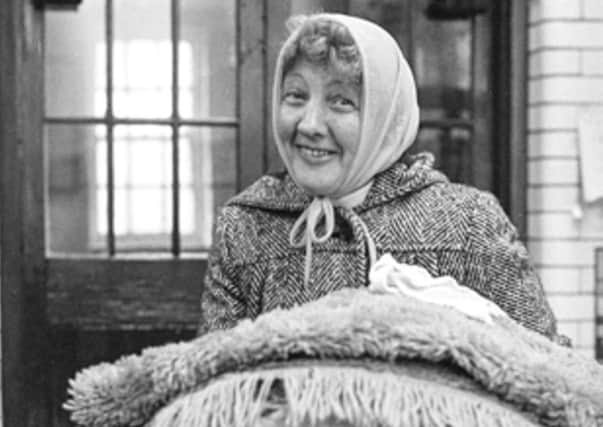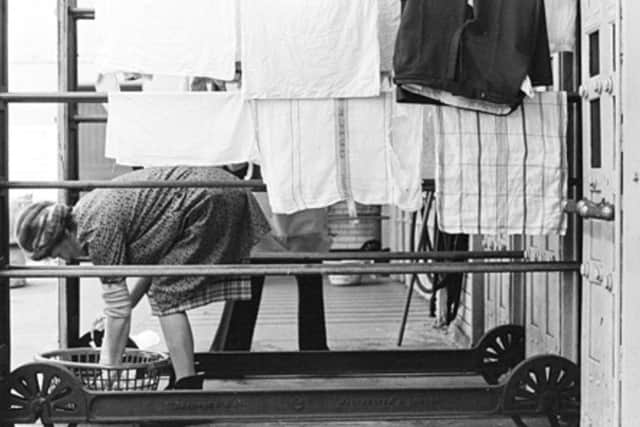Wash house culture gets fresh airing in Talk of the Steamie


Public wash houses were central to working class life in Scotland for more than 100 years and tomorrow a conference will be held in Glasgow to explore the cultural and social heritage of the ‘steamie’.
From 1866, legislation was passed to create a new wave of public wash houses in Scotland in a bid to improve health and cleanliness in the cities.
Advertisement
Hide AdOutbreaks of diseases such as cholera and tuberculosis made improved washing and bathing facilities a public priority.


The steamies were usually built as part of new swimming bath complexes and quickly served an important social function for women to meet outside the home with nurseries and rest rooms included at some.
Early morning queues were common sights outside the wash houses, with women calling for longer opening hours and better organisation to ensure everyone could get a stall, such was the demand.
Paula Larkin, archivist at Govanhill Baths Community Trust, which will host the Talk of the Steamie conference, said the internal politics of the steamie often appeared in newspapers.
She said: “There are a number of letters published in newspapers in Glasgow, often from anonymous angry readers, asking things like ‘why is she getting a stall because she lives in a very nice house?’


“Complaints were also made if a particular woman was getting her stall first. There were always politics in the steamie and people would be reading in the newspaper what was going on at the wash house.”
Advertisement
Hide AdAccounts also detail women waiting outside the washhouse overnight around holidays such as the Glasgow Fair and Christmas holidays to be sure of a place, Ms Larkin added.
Ms Larkin said: “The wash houses were really important places for women to get together. For years, we have been collecting written testimonies from people who used to use the baths and the wash houses at Govanhill.
Advertisement
Hide Ad“Every time you mention the word steamie, people light up. They want to tell you all about it.”
Speakers are due from across the UK at the conference and supporting exhibition, with the event the first step in creating a permanent ‘steamie’ museum at the Govanhill Baths, where some of the original equipment can still be found.
The first public washhouse in the United Kingdom was opened in Liverpool in 1842 by Kitty Wilkinson, who earlier allowed her home to be used to wash laundry during the cholera epidemics of the 1830s.
Glasgow was the first city in Scotland to borrow money and raise rates to build baths and washhouses for the working classes.
In August 1878, a new baths and wash house opened at Glasgow Green. As well as two swimming ponds, eight plunge baths and a foot bath for men, the washhouse had 48 separate compartments each containing an iron tub with hot and cold water and a drying frame heated by steam and hot air.
For families who shared a single set of bedding, it meant laundry could be washed and dried that day.
Advertisement
Hide AdBetween 1886-1887, there were 76,718 washes completed in Glasgow’s new public steamies. By the following year, the figure rose to 96,832 , according to accounts.Demand dipped in the latter part of the 20th Century given the rise of the all-electric laundrette and the drop in price of home appliances.
But while many laundrettes offered a new convenience, many women continued to hanker for the sociability of the old wash houses.
Advertisement
Hide AdEdinburgh hung onto its last three wash houses until 1982 when premises at Leith, Causewayside and Murdoch Terrace were closed by the local authority given the financial losses, despite a huge public campaign to keep them open.